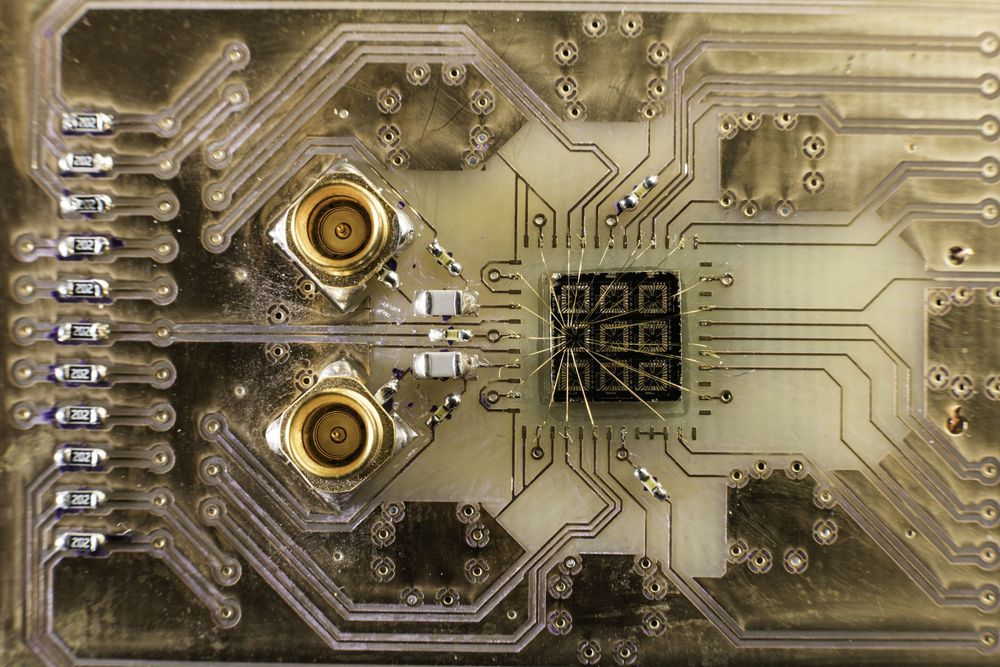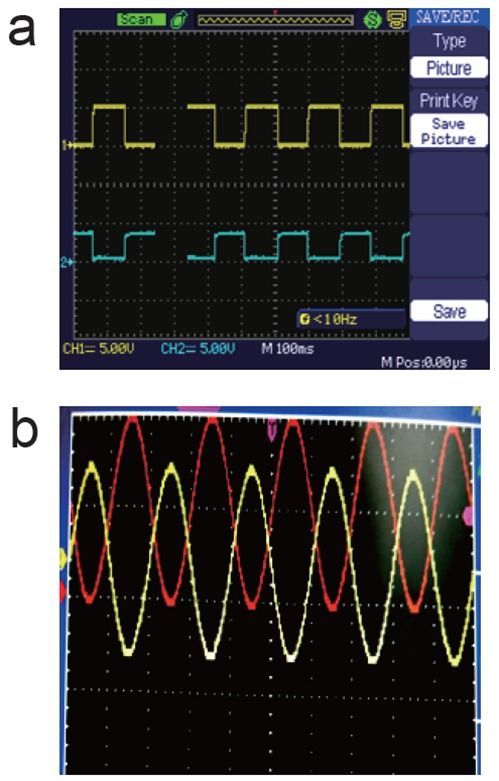Computers are renowned for flexibility, running everything from game consoles to stock exchanges. But at the level of computation, most computers rely on arrays of identical processors called cores. Now, a team at Princeton University has built a hardware platform that allows different kinds of computer cores to fit together, allowing designers to customize systems in new ways.
The goal is to create new systems that parcel out tasks among specialized cores, increasing efficiency and speed.
On top of multi–core collaboration, even more gains are achievable when cores needn’t all rely on the same basic programming code that tells a core how to handle its processing jobs. Designers call this basic code an Instruction Set Architecture (ISA). Well-established ISAs include Intel x86, commonly found in laptops, ARM in smartphones, and POWER in IBM mainframes. Besides mixing together cores specialized for different ISAs, researchers are also interested in developing hybrid ISAs to underpin new processor designs, exploiting the potential of new, cutting-edge, open-source ISAs like RISC-V ISA.









